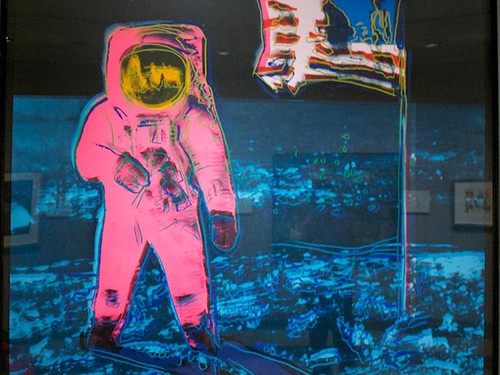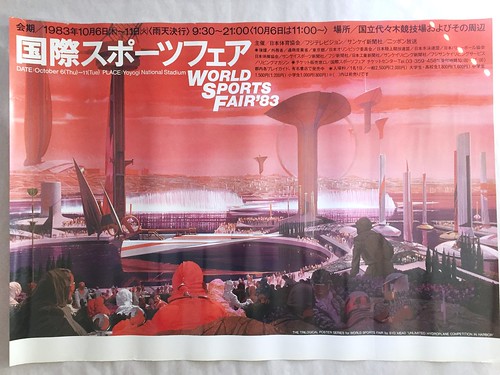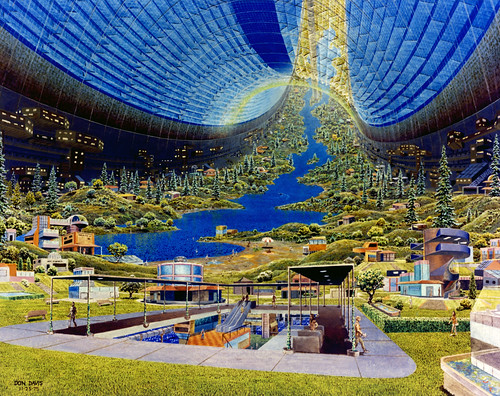7 minutes estimated reading time
The Line or Neom
The Line or Neom is a building project in Saudi Arabia. It is a 110 mile or 170 kilometre long building. It will be 200 metres wide and 500 metres or 1,600 feet tall. Inside the structure will be a city to house 9 million people, amenities like school and leisure, their work and public transportation.
The Line will be run on renewable energy and involve some sort of smart grid to optimise the living experience. They’ve apparently already started the earth works on construction and expect to have it completed by 2030.
Dystopian
The Line has been criticised in western media as dystopian. The mind immediately turns to science fiction visions like Judge Dredd’s Mega City One or William Gibson‘s cityscapes in his sprawl trilogy books: Neuromancer, Count Zero and Mona Lisa Overdrive. They would likely consider ‘ideal’ to look more like the Bosco Verticale in Milan, or the STH BNK in Melbourne, Australia, both of which look very nice. However, isn’t necessarily a panacea as one forestry expert noted.
″I think it’s very important that trees are given space,” Cecil Konijnendijk, from the University of British Columbia’s Faculty of Forestry, told CNBC.
“We know that soil — what we call soil volume — is really important, so the trees have to have space underground, maybe even more so than over ground,” he added.
“And then of course trees will have to have time to develop, so you won’t have instant trees. You’ll have to take the time to make sure they grow up and then they provide the benefits that we want to get from them.”
Cecil Konijnendijk, from the University of British Columbia’s Faculty of Forestry on CNBC
And it wasn’t just the media who were critical, there were people who spoke out on social media or wrote to the FT like Mark Hudson of Blandford Forum, Dorset.
While the developers claim that it has green credentials and is a harbinger of a low carbon future, there are concerns about its effect on local fauna, flora and migrating birds.
Retrofuturism
When I saw the adverts for The Line, I was reminded of two things. NASA’s Art Program and the visual futurism of Syd Mead.
Syd Mead created designs and conceptual art for clients including Ford Motor Company and Philips Electronics.
In the 1970s and 1980s, Mead and his company provided architectural renderings, both interior and exterior, for clients including Intercontinental Hotels, 3D International, Harwood Taylor & Associates, Don Ghia, Gresham & Smith and Philip Koether Architects.
As the 1980s came around Mead developed working relationships a number of Japanese corporations including Sony, Minolta, Dentsu, Dyflex, Tiger Corporation, Seibu, Mitsukoshi, Bandai, NHK and Honda.
Mead cemented his place on popular culture with his work on
- Blade Runner
- Aliens
- Tron
- Star Trek: The Motion Picture
- Tron Legacy
- Short Circuit
- Timecop
- Johnny Mnemonic
- Mission: Impossible III
- Elysium
- Tomorrowland
- Blade Runner 2049
- Solar Crisis
- Turn A Gundam
Mead’s world, was the world that my generation were promised but was never delivered. Instead we got social media. (If you want to see more of Mead’s work I suggest Sentury and Sentury II.)
NASA has an art program that is still running, all be it in a diminished form today. During the 1970s NASA Art Program artists and researchers at the NASA Ames Research Center explored what a future space colony might look like.
That feeling of retrofuturism might not be accidental. An architect writing in the FT commented on the similarity between The Line and a concept proposed (as more a provocation or thought experiment) by a group of Italian artists called Superstudio who proposed a white gridded wall across the Arizona desert in the late 1960s called Il Monumento Continuo or Continuous Monument in English.
The case for a city like The Line
Firstly, Saudi Arabia has to do something, doing nothing isn’t an option.
At the moment, the population is growing at about 1.65% a year and the average age of the population is just below 30 years old. By comparison the population in the UK is 43. Energy consumption tripled from 1981 to 2010 and if things carry on like this the country will soon move from being the worlds largest energy exporter, to a net importer.
The Saudis only have so much time to do something before the favourable petro-economy conditions turn against them.
The demand for oil won’t dry up completely, but the economics change when oil becomes about supplying legacy transport in the developing world, which will likely go on for a long while, together with a small amount of vintage vehicles run by enthusiasts.
To give you an idea of how long this can be. Leaded petrol started its phase out in cars back in 1975, in the US, and only stopped being sold in 2021. Leaded fuel is still used for some aviation power plants.
Then there will also be a continued need for chemical feedstocks for the likes of the pharmaceuticals sector and manufacturing. At the moment Saudi Arabia’s GDP is just under 600 billion pounds a year, but that doesn’t mean that it will stay at this level for long, or by how much it will decline.
Then there is the challenge of making Arabian peninsula liveable during climate change. They’ve seen the Arab spring in Egypt and Tunisia, or the Syrian civil war and they don’t want it to happen in Saudi Arabia.
Concentrated populations in cities are better for the environment than having them spread out homesteading or living in suburbia. Less environmental impact delivering services. All of which Stewart Brand puts the case for; far more elegantly than I could in his Whole Earth Discipline: An Ecopragmatist Manifesto.
Where does my own opinion lie on The Line?
I can understand why the Saudis have gone there. They have sound pragmatic reasons for doing something.
I also feel nostalgic about the childhood future I dreamed of seeing when I looked at Syd Mead and the NASA space colony art work in children’s science books and a sense of a bright future lost.
But I don’t know how much of it will actually work.
- Will the Saudis be able to find design fixes for migrating birds or animals in the same way that roads have developed overpasses or underpasses in the west?
- Will the smart city systems work?
- What about the renewable energy capacity?
- Will there be an economy inside The Line? What will it look like?
- What kind of society will be constructed inside The Line?
- Will The Line be able to cope with an extreme weather event like a sandstorm, or the flash floods from rare rainstorms that occasionally happen even in the desert?
- How will the infrastructure be repaired or upgraded once its all built?
- Will the Saudis be able to afford completing The Line, or will they run out of money? The 2008 financial crisis crushed development in Dubai the following year and the aftershocks are still being felt through stretching out debt deadlines. Dubai property developers like Limitless went through successive rounds of financial restructuring. The Line is a project on a far grander scale.





